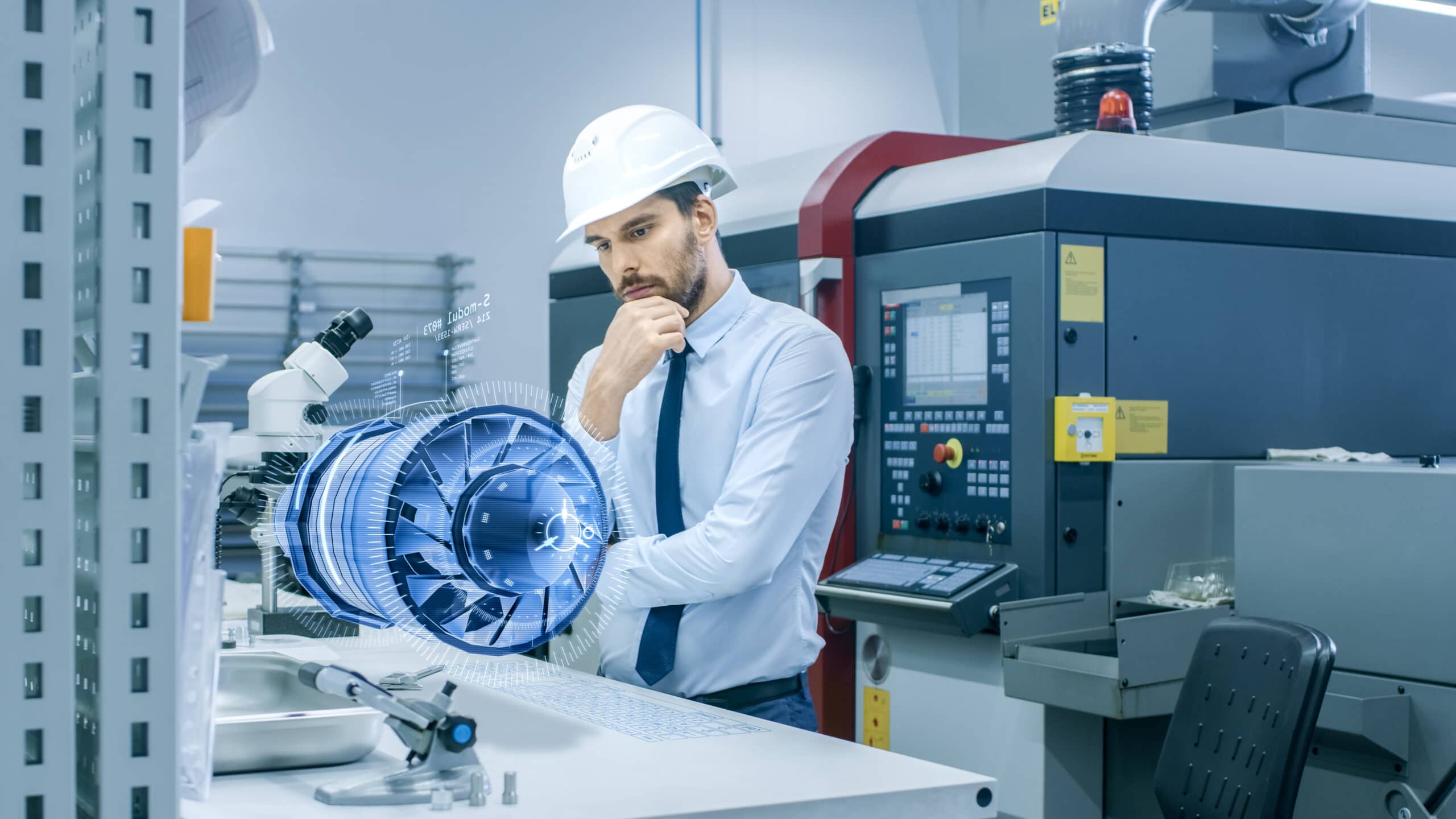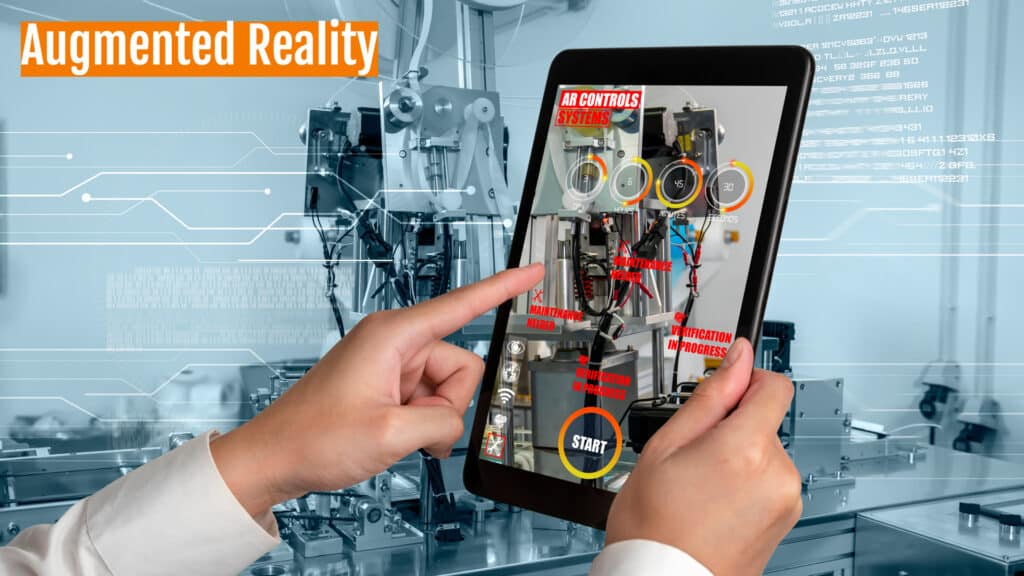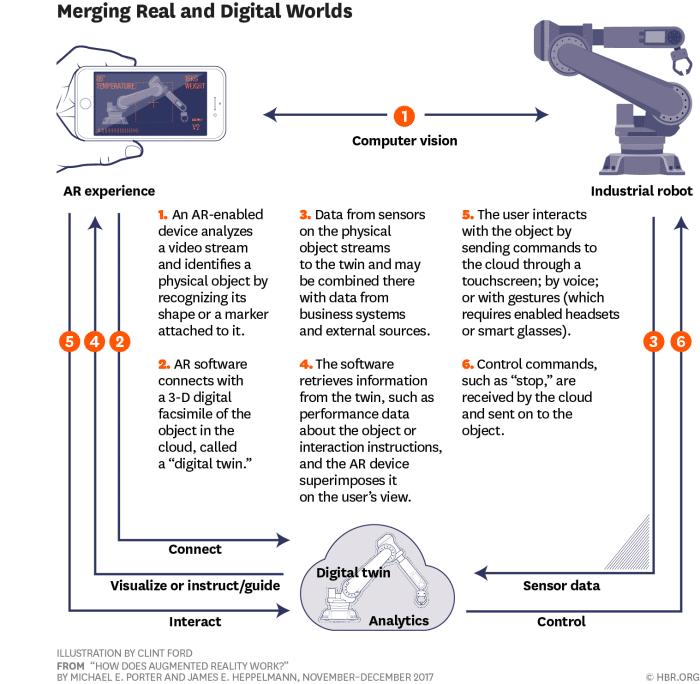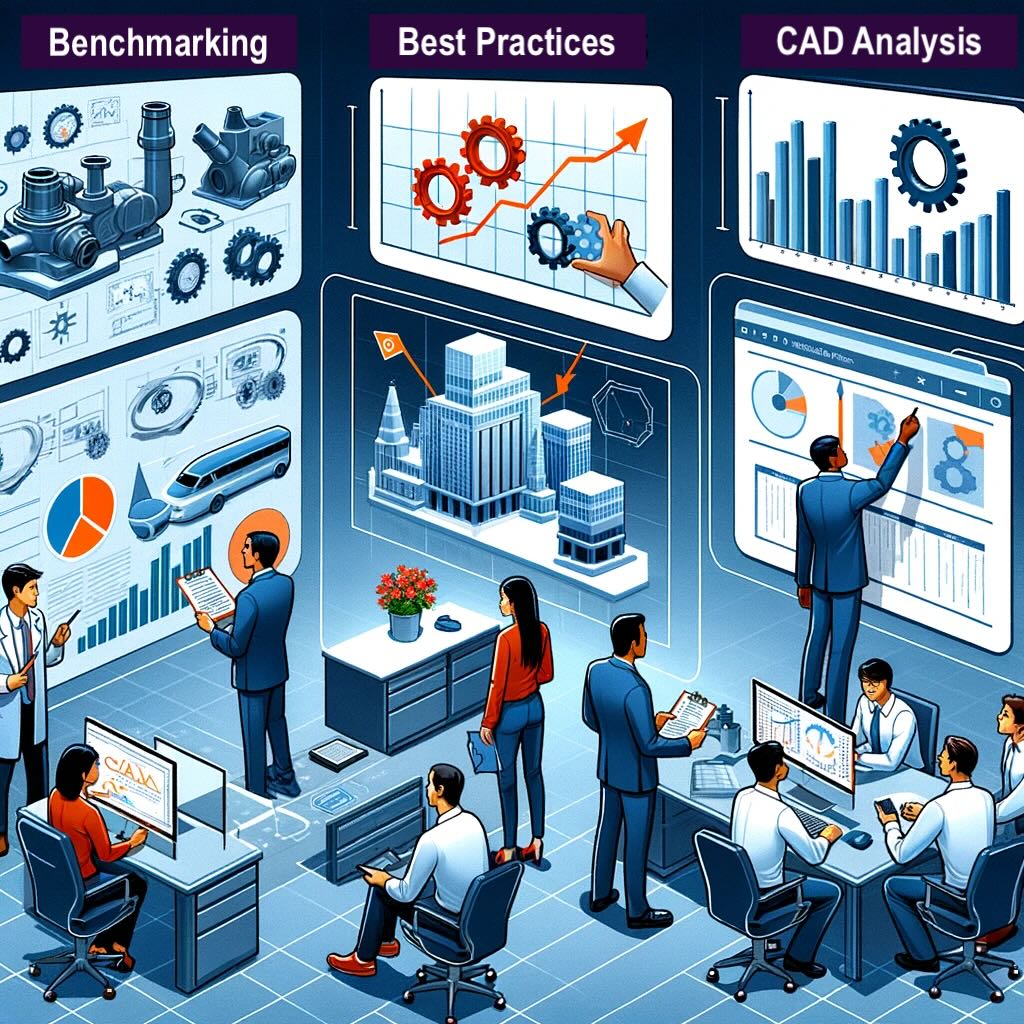Engineering Solutions for Virtual Prototyping & Augmented Reality
Reduce risk and bring high-quality products to market faster with virtual prototyping, simulation, and analysis.
Convergence Consulting is uniquely positioned to offer cutting-edge expertise, tools, and expertise to support a virtual prototyping design process that will help you meet the challenges of your engineering design projects. With experts in a variety of engineering fields, extensive experience in model-based design, and superior system-level modeling and analysis tools we can help you reduce development risk and bring high-quality products to market faster.
Convergence Consulting support:
- Virtual prototyping of the complete system in a single environment
- Early detection of problems related to subsystem interactions
Augmented Reality (AR) is an interactive experience of a real-world environment where the objects in the real world are enhanced by computer-generated perceptual information, sometimes across multiple sensory modalities, including visual and auditory.
Today most AR applications are delivered through mobile devices. Still, more and more, shortly, the delivery will shift to hands-free wearables such as head-mounted displays or smart glasses. Many people are familiar with simple AR entertainment applications, such as Snapchat filters and Pokémon Go; AR is being applied in far more powerful ways in consumer and business-to-business settings.
For example :
- Augmented Reality (AR) “heads-up” displays that put navigation, collision warning, and other information directly in drivers’ line of sight are now available in dozens of car models.
- Wearable Augmented Reality (AR) devices for factory workers that superimpose production-assembly or service instructions are piloted at thousands of companies.
How Does Augmented Reality Work?
Augmented Reality (AR) starts with a camera-equipped device such as a smartphone, a tablet, or smart glasses loaded with Augmented Reality (AR) software. When a user points to the device and looks at an object, the software recognizes it through computer vision technology, analyzing the video stream. The machine then downloads information about the thing from the cloud, in much the same way a web browser loads a page via a URL. A fundamental difference is that the Augmented Reality (AR) information is presented in a 3-D “experience” over the object rather than on a 2-D page on a screen. What the user sees, then, is part real and part digital.
Augmented Reality (AR) can provide a view of the real-time data flowing from products and allow users to control them by touchscreen, voice, or gesture. For example, a user might touch a stop button on the digital graphic overlay within an AR experience or simply say the word “stop” to send a command via the cloud to a product. AR headset operators interacting with an industrial robot might see superimposed data about the robot’s performance and gain access to its controls.
As the user moves, the size and orientation of the AR display automatically adjust to the shifting context. New graphical or text information comes into view while other information passes out of sight. In industrial settings, users in different roles, such as a machine operator and a maintenance technician, can look at the same object but with different AR experiences tailored to their needs.
A 3-D digital model resides in the cloud. This model is created using computer-aided design, usually during product development, or technologies that digitize physical objects. The object’s “digital twin” serves as the bridge between the bright thing and the AR. The twin then collects information from the product, business systems, and external sources to reflect the product’s current reality. It is the vehicle through which the Augmented Reality (AR) software accurately places and scales up-to-date information on the object.
Convergence Consulting has the skills to help build tailor-made, Augmented Reality applications that can meet your requirements. We understand how best-in-class technologies work and the know-how to implement them to give you a competitive advantage in your business.
Virtual and Augmented Reality
Elevating Realities: Cutting-Edge VR and AR Solutions at Convergence Consulting.
At Convergence Consulting, we harness the transformative power of Virtual Reality (VR) and Augmented Reality (AR) to create immersive and impactful experiences. Our VR and AR services are designed to bring a new dimension of interaction, visualization, and innovation to various industries, pushing the boundaries of what’s possible in digital engagement.
Our Services Include:
- Immersive Design and Prototyping: Utilizing VR, we offer immersive design and prototyping services that allow clients to visualize, interact with, and refine their products in a fully simulated environment. This approach significantly enhances the design process, allowing for more accurate and efficient prototyping.
- Augmented Reality Product Enhancements: Through AR, we provide solutions that overlay digital information onto the physical world, enhancing the utility and interaction with products. This includes AR interfaces for consumer products, educational tools, and industrial applications.
- Training and Simulation: We develop VR and AR-based training and simulation programs for a variety of sectors, including healthcare, engineering, and safety training. These programs offer realistic, risk-free environments for skill development and scenario-based learning.
- Interactive Marketing Experiences: Our team creates unique VR and AR marketing experiences, enabling brands to engage with their audience in innovative and memorable ways. This includes interactive product demos, virtual tours, and experiential marketing campaigns.
- Custom VR/AR Application Development: We offer custom development of VR and AR applications tailored to specific client needs. Whether it’s for educational purposes, product visualization, or interactive experiences, our solutions are built to deliver maximum impact.
- Integration with Existing Systems: We ensure that our VR and AR solutions integrate seamlessly with your existing systems and processes, enhancing rather than replacing your current operations.
Step into the future with Convergence Consulting’s VR and AR services. Our expertise in these technologies positions us to help clients explore new frontiers in digital interaction, offering solutions that are as effective as they are innovative.Contact us to learn how our Virtual and Augmented Reality services can transform your business, offering unparalleled possibilities in engagement, training, and product development.




